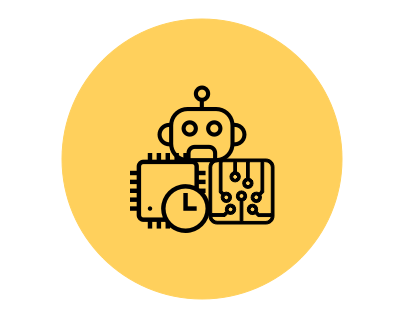Problem Statement
Presenting one’s work to an audience of people is a requirement for people working in academic and professional settings. Success in this area is often crucial to a person’s growth and career development, as these opportunities to perform public speaking are the few times in which that person can demonstrate their knowledge, expertise, and impact to others directly.
However, public speaking anxiety is an issue that everyone faces at some point in his or her life. Some people avoid public speaking at all costs even if it may hinder their academic, professional, or social growth.
Tools Used/ Skills Gained
• Balsamiq, Axure, Sketch, InVision
• Design thinking, User Experience Research, Product Design, Roadmapping, Project Management
Research
Market Research - Conducted detailed research to find existing players in the market, catalogued user behavior, and researched adaptation patterns.
Literature Review - Reviewed 50+ publications/articles online to understand psychology behind public speaking anxiety, the art of public presentations, and case studies on what makes a person a good and charismatic presenter.
Direct User Observation - Observed and recorded information points on how people presented in front of an audience and compared it to results from how people have responded to similar systems and mapped them to user needs.
User Interviews - Conducted several interviews to understand user needs, map user behavior, and received feedback on our iterative design solutions.
Insights/Findings
• Users cared a lot about how they were perceived by others.
• Users' anxiety levels mounted if they were presenting in front of a learned/intellectual audience (professors, peers, co-workers/superiors).
• Users wanted to be able to peruse their performance and see how they have improved over time.
• Users liked practicing and wanted to be able to simulate the audience they will be presenting in front of beforehand.
Design Process
• Brainstorming - Each team member had to come up with 5 ideas for the project (25 ideas in total) -> boil down to one idea after pitching to team mates and discussion.
• Probable Solutions - Each team member had to put forth 20 design solutions for one particular idea -> team members discuss and narrow down the design solution.
• Interviews - User interviews to understand need and validate design solution and implementation.
• Affinity Diagram - Narrow down, segment and categorize needs, and build our persona.
• Low-fi Prototype - Built a rough prototype using Balsamiq to take to users and run a round of user testing and evaluation.
• Medium-fi Prototype - Analyse feedback from testing Low-fi prototype -> Incorporate changes and build prototype using Sketch.
• Heuristic Evaluation - Map problems and pain points of users and rate the severity of the violated heuristic.
• High-fi Prototype - Prototype incorporating feedback and changes post heuristic evaluation -> User Testing.
Team Members: Anthony Perello, Yuhan Wu, Yuxiang Peng, Tiejian Zhang
Advisor: Prof. Gilly Leshed


